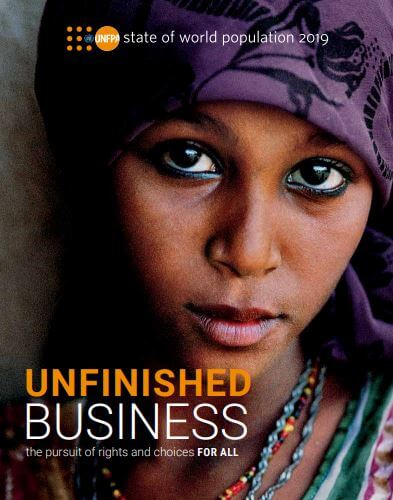UNFPA, the United Nations reproductive health and rights agency, recently launched their flagship publication, the State of the World Population Report.
This year’s report, subtitled Unfinished Business, commemorates two critical anniversaries. First, this year marks 50 years since UNFPA was established. Second, this year also marks 25 years since the landmark International Conference on Population and Development (ICPD).
The State of the World Population 2019: Unfinished Business, examines the progress made since these two milestone years as well as the work still needed to achieve gender equality and women’s empowerment.
Here are 5 facts found in this year’s report:
1.Harmful practices still reduce women’s control over their own bodies
Harmful practices still prevalent around the world include: violence against women, which one-third of women in the world will experience at the hands of their partner; child marriage, which has affected over 800 million women alive today (that’s over 10 percent of the world’s population!); and pressure on women to become mothers and wives, but especially to have boys.
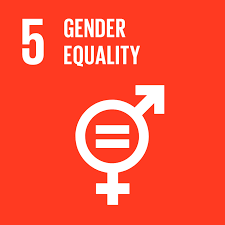
2. Gender inequality acutely affects certain populations.
Youth are less likely to have access to information and services related to their sexual and reproductive health and rights, because of beliefs that young people should and will remain abstinent until marriage. However, even after marriage child brides often go without access to the care and services they deserve.
Child marriage and early pregnancy are closely linked with devastating outcomes. Pregnancy and childbirth complications are the leading killer of girls worldwide, and the babies of young mothers are 50 percent more likely to be stillborn or die within the first weeks of life.
Other populations that are affected by gender inequality include people with disabilities and LGBTI people, who are often left out of sexual and reproductive health conversations because they do not fit societal norms in many places.
3.Even though it’s a human right, access to reproductive health care differs around the world.
Sexual and reproductive health care isn’t just birth control. It includes family planning, comprehensive sexuality education, prenatal, postnatal and delivery care, treatment for sexually transmitted infections, and infertility treatment.
Sexual and reproductive health care isn’t just birth control. It includes everything from family planning to comprehensive sexuality education, and from prenatal care to infertility treatment.
There are, however, significant barriers preventing women and girls from receiving life-saving care. Financial difficulties, geographic location, political beliefs, and social norms all create obstacles to reproductive health care. For example, 11.5 percent of the world’s population would benefit from family planning but face hurdles to its use.
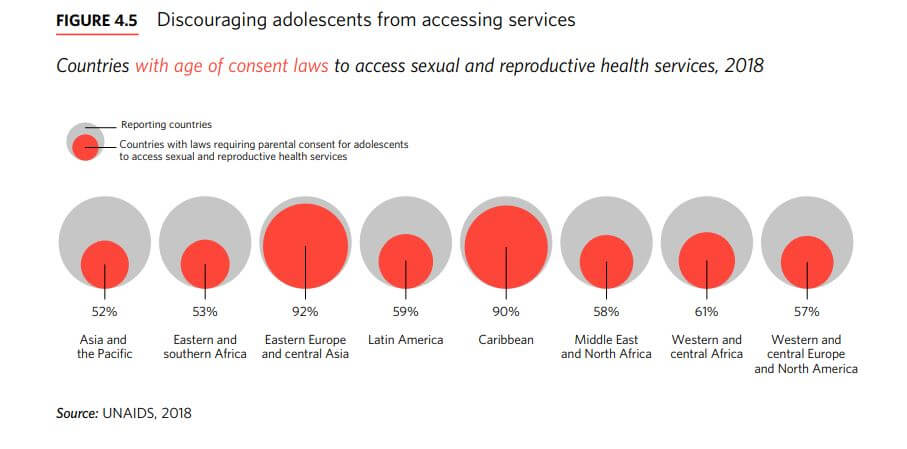
4. Security and health services fall apart in crisis situations.
136 million people required humanitarian aid in 2018 due to natural disasters and political unrest.
In these situations, people are often focused on physical survival. Aid is centered on their immediate needs, like food, water and shelter. This means that other essential things are overlooked, such as menstruation management and protection from gender-based violence.
Women and girls might lack private restrooms or they may be sleeping in shelters with unknown men. These situations leave women and girls more vulnerable to gender-based violence in humanitarian emergencies, but usually, they have few or no options for recourse.
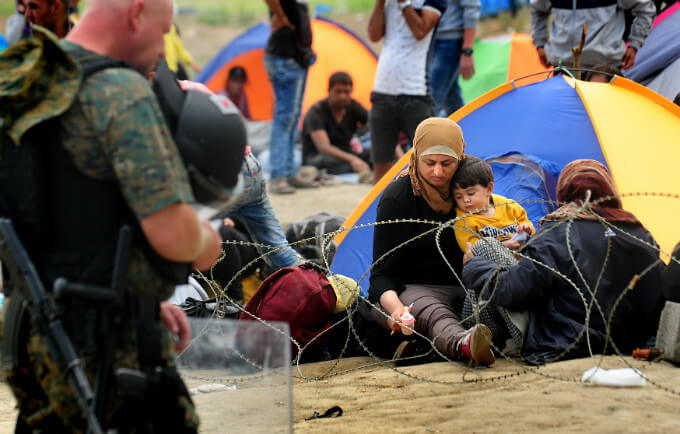
5. Every day, more than 500 women and girls die from pregnancy or childbirth-related causes in areas with emergencies.
Midwives make sure that moms have the food and medicines they need to be healthy during pregnancy. Trauma and malnutrition can cause women to miscarry or delivery prematurely. During labor, women usually lack skilled birth attendants, like midwives, who can monitor delivery and get help if there’s an obstetric emergency.
Even with a midwife, there might not be supplies for a clean birth, which means that women sometimes deliver babies in flood waters or on dirt floors. This increases the risk for a fatal infection for the mom and the baby. These deaths are preventable; greater access to health workers and supplies would save lives.
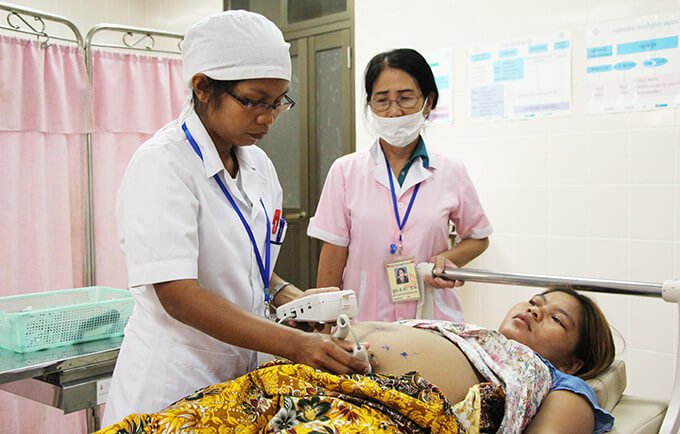
Significant progress has been made over the last 50 years. Rates of child marriage and maternal death are down. The number of people who benefit from family planning has increased dramatically.
However, programs in the future must focus wholeheartedly on ensuring the rights of women and girls are fulfilled.
Women’s empowerment and sexual and reproductive health rights are centered on information, care, and choices for individual women, regardless of if that’s what a government, religious ideology, or family member wants as well.
